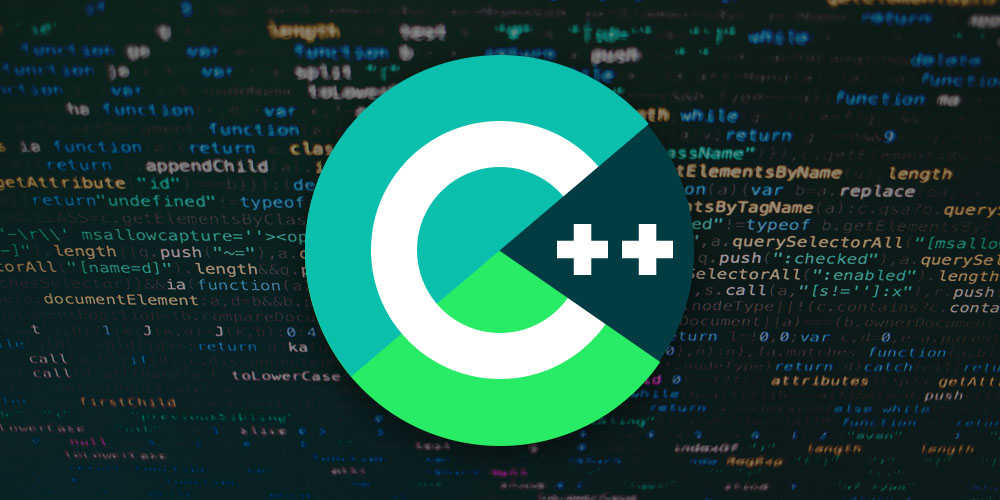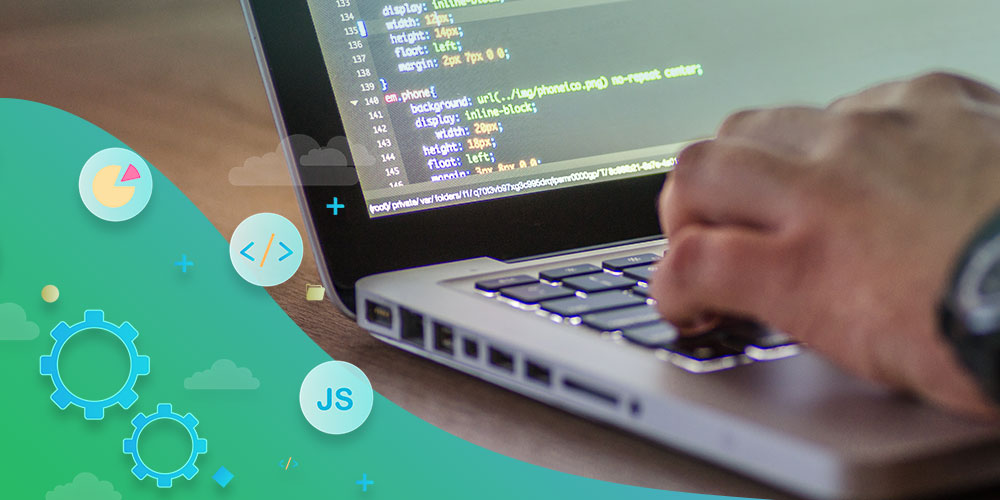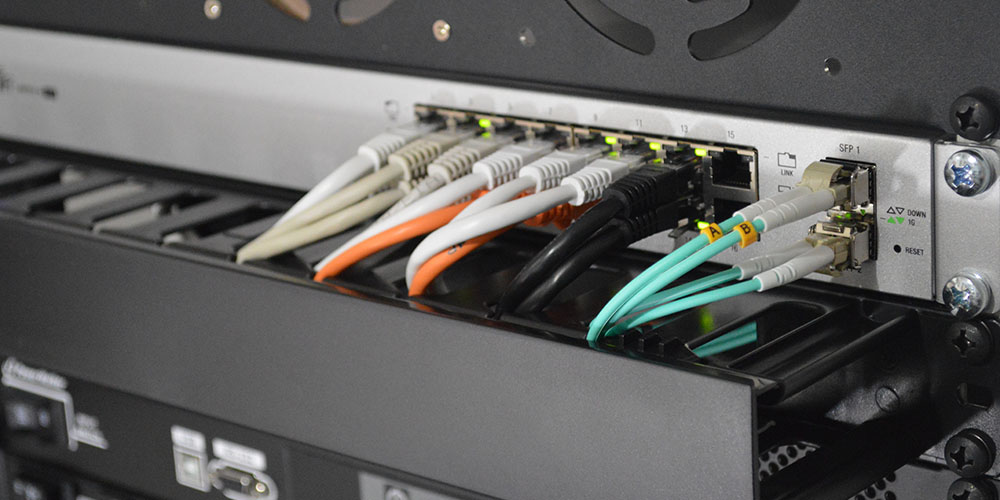Google Camera 7.3.017 started rolling out tonight for a handful of users. We obtained the APK and installed it on our Pixel 2 XL and Pixel 4, and on the surface, there aren’t many changes. The only thing we immediately noticed is that there’s a new listing in the Settings page called “Do Not Disturb access needed” when the user hasn’t granted the Do Not Disturb permission to the camera app. When you grant the camera app Do Not Disturb access, it can pause notifications while you’re recording videos, so your video won’t be disturbed by the vibration of a notification.
A quick examination of the APK file, however, reveals some interesting things.
Support for 24fps video recording?
In strings.xml, we discovered two strings hinting at a new fps option in the video recording settings. Currently, at least on the Pixel 4, you can only select 30fps when recording at 4K resolution, or you can select from auto/30/60fps when recording at 1080p resolution. Google may add a new option to that mix:
<string name="fps_24">24</string>
<string name="fps_24_desc">24 frames per second</string>The ability to record in 24fps will excite serious videographers as 24fps is the standard for film and television. The average user will record at 30fps with the occasional switch to 60fps, which is why Google has the framerate set to the “auto” option by default. (Auto, as you might guess, switches between 30 and 60fps depending on what’s being filmed.)
2020 Mid-Range Pixel Code-names
Late last week, we stumbled upon possible code-names for Google’s 2020 mid-range Pixel smartphones. Those code-names were sunfish, redfin, and bramble. Sunfish, we found, is being developed on top of the Qualcomm Snapdragon 730 mobile platform, while both redfin and bramble are being developed on top of the 5G-capable Qualcomm Snapdragon 765 mobile platform. We suspected those code-names were for Pixel smartphones because each code-name referred to a kind of fish, but admittedly, the evidence was a bit shaky. We rediscovered these code-names once again in Google Camera 7.3, which now convinces us these code-names are indeed referring to Google’s next Pixel smartphones. Even better, we spotted these code-names next to a string titled “pixel_20_mid_range” which suggests they’re indeed related to the upcoming Pixel 4a series rather than the late 2020 Pixel 5.


To be more precise, we spotted the bramble and sunfish code-names twice in the Google Camera’s Java code. However, we only spotted the redfin code-name in a library called libgcastartup. Thus, we believe that sunfish and bramble are the likely code-names for the two Pixel 4a smartphones, with sunfish being the Pixel 4a and bramble being the Pixel 4a XL, while redfin is likely a development board. Again, we’re basing this on early evidence found in code, so should we find more evidence that changes our understanding of Google’s 2020 mid-range Pixels, we’ll let you know.
Thanks to PNF Software for providing us a license to use JEB Decompiler, a professional-grade reverse engineering tool for Android applications.
The post Google Camera 7.3 hints at 24fps video recording and 2020 mid-range Pixel code-names appeared first on xda-developers.
from xda-developers https://ift.tt/2RnC1ge
via IFTTT













